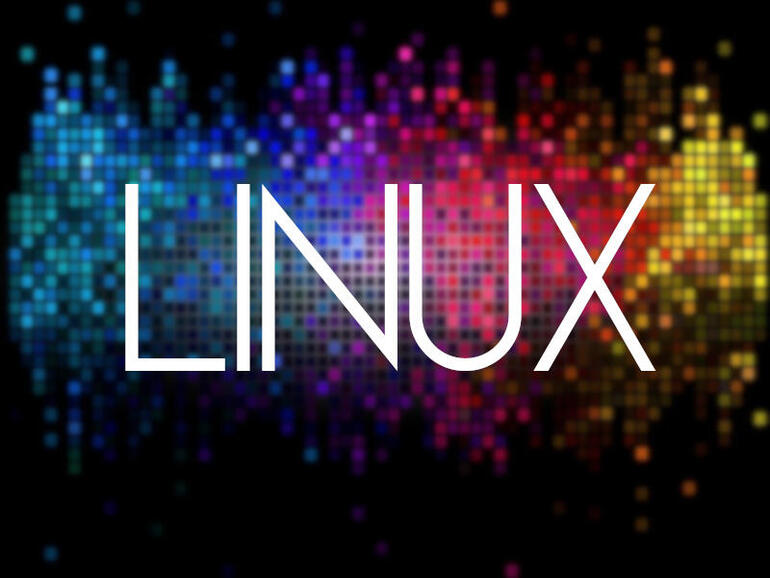Jack Wallen has become nostalgic for the Linux desktop days of old. What does that say for the current state of the UI?

Image: Jack Wallen
Hopefully, the title has piqued your interest, as that was the intent. With the upcoming release of GNOME 40, I’ve found myself in a rather contemplative and nostalgic mood lately. I remember, back in the early 2000s, I’d read about a new desktop in development called GNOME. Curiosity got the best of me and installed the beta version of the environment.
If I’m being honest, I wasn’t impressed. My formative years with the Linux desktop were spent using the likes of AfterStep and Enlightenment E16. If you know either of those desktops (or Window Managers) you get it. Both of them were exceptionally configurable and could be made to look absolutely gorgeous. At one point, I had AfterStep tricked out to the point where everything was varying degrees of transparency and the window decorations were as much sculpture as they were code. When people saw my desktop, they were astonished. It was a work of art.
I spent countless hours tweaking it. After a while, it had become part of my daily routine. What could I do to improve this desktop?
SEE: Linux service control commands (TechRepublic Premium)
Within the realm of software, things rarely remain stagnant. Eventually, I migrated over to GNOME 1 and began a new journey–one of integration and efficiency. Even with those early days of GNOME, there was still plenty of tweaking that could be done on the desktop, which I took advantage of.
Even though that shiny new desktop was exponentially more integrated and complete, it was boring in comparison.
Fast forward to now
Now, I’m a completely different user. Where I was once a constant “fiddler” with my desktop, I now want the interface to work how I want it to work, but still look the way I want it to look. I’m more of a minimalist now, so GNOME suits my needs on both levels quite well. However, I find myself rather bored with the Linux desktop.
What ignited my boredom
It actually hit me by surprise. One day I’m working at my desktop (using my System76 Thelio with Pop!_OS), reading and writing about the latest open source news. I was actually writing a piece about GNOME 40, mustering up some excitement about what’s to come in the next release.
That’s when it dawned on me: We’ve reached the point where we have to really dig through the changelog to find features to get excited about. GNOME 40 is a perfect example. Now, before you bristle, let it be known that I am genuinely excited about what’s to come with GNOME 40. I’ve tested the new horizontal layout for the Activities Overview and it does make a much more efficient workflow.
Is it exciting? No. When people look at that desktop, are they going to be wowed? No. In fact, we’ve returned to that period of time when the Linux desktop is boring.
Do you see the pattern here? Outside of the outliers (like Enlightenment), we have pretty much two Linux desktop metaphors:
-
GNOME
-
Windows 7 variants
So, there’s GNOME, which goes for a post-modern minimalist take on the desktop and everything else is a variation on the Windows 7 metaphor of:
-
Desktop menu
-
Taskbar
-
System tray
-
Desktop icons
Even within the realm of that metaphor, the available themes have been nothing more than variations on dark or light. Deepin Desktop has evolved into the same boring metaphor–the developers even moved away from the spiffy sidebar configuration tool to a regular old, yawn-inducing configuration window.
This isn’t a bad thing
Hopefully you’ve continued reading, because what I’m about to say will ease your frustration. This boring state which the Linux desktop has found itself isn’t a bad place to be in.
Once upon a time, the Linux desktop had to deliver jaw-dropping features to entice users to come play. Back then, Linux was in its infancy and not even considered an operating system for the average user. Developers and designers felt no constraint in their work and their work bore glorious fruit. Now, Linux desktop developers and designers understand they have to aim for users who value efficiency, ease, and familiarity over jaw-dropping aesthetics. For the most part, they deliver. It’s been a very long time since I’ve experienced a desktop release that felt like a step backwards, broken or out of touch. They all just work–that’s a good thing.
I still miss the early days
That doesn’t mean I don’t often harken back to the days when I could customize my desktop into something remarkably unique. I miss the days when users would share images of their desktops and you’d think, “I must know how they achieved that!” Now, when I see people sharing images of their desktops, it’s just, “That’s GNOME. Nice wallpaper on KDE. Cinnamon…yep.” Even Pantheon (a lovely desktop) is lucky to get a, “Sweet!” from me.
Maybe it’s just me, but I sure do miss those early days of artistic Linux desktops. Although I wouldn’t mind revisiting that period, I certainly wouldn’t want to return to a time when Linux didn’t always “just work.”
I like where we are with Linux, boring desktops and all, but I’d still welcome a modern take on AfterStep or a resurgence of Enlightenment. Until then, I’ll keep trudging on with my boring old–but highly effective and efficient–GNOME desktop.
Subscribe to TechRepublic’s How To Make Tech Work on YouTube for all the latest tech advice for business pros from Jack Wallen.
Also see
Source of Article



